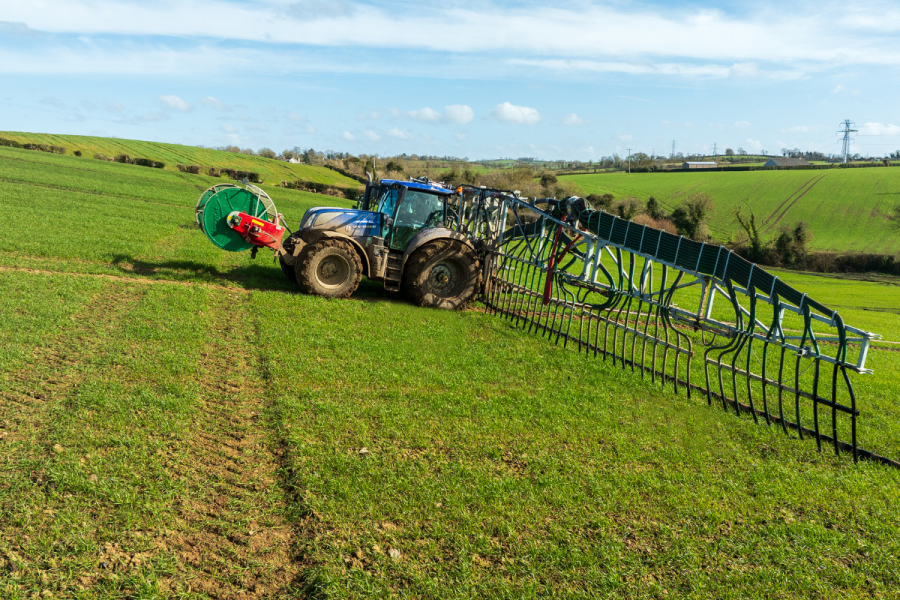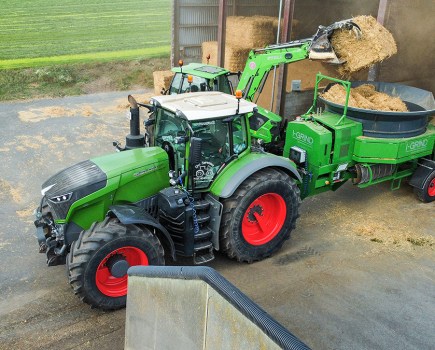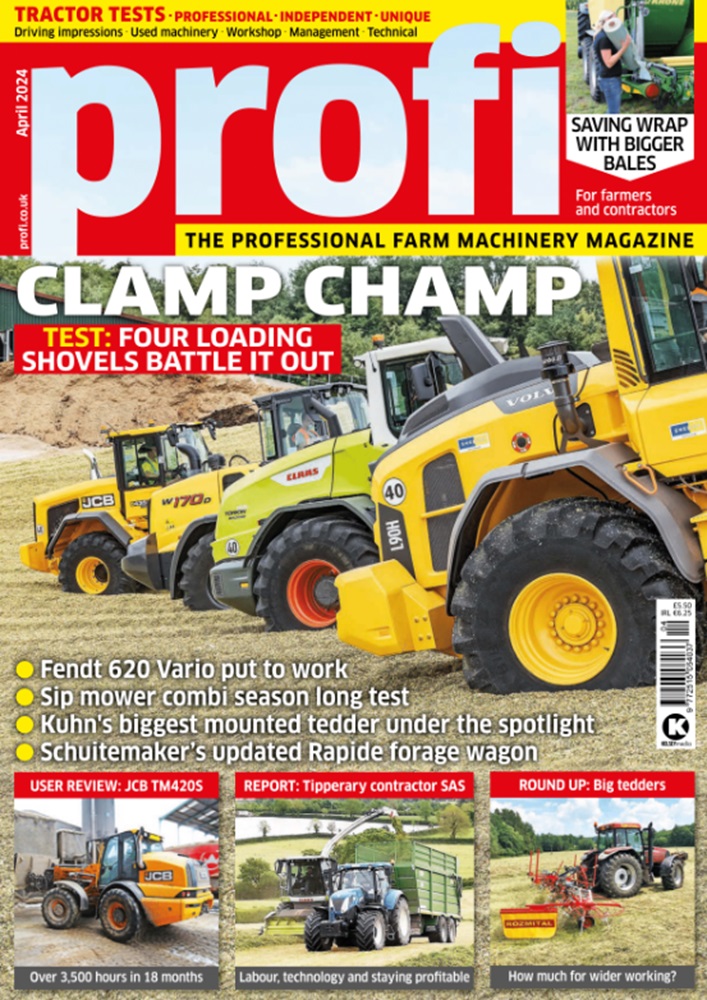REPORT: Hunniford Farms: Taking out the guesswork. Victor and Richard Hunniford have already gained a lot of experience with using digestate to grow crops. However, the arrival of an NIRS sensor last year has allowed them to be even more precise with their slurry applications.
There has been a lot of talk about NIRS and what advantages it can bring, not just on a forage harvester but more so when applying slurry, giving you instant analysis of the nutrient make-up so
you can adjust the volume in real time to match the crop’s needs. Yet this technology doesn’t come cheap: the actual sensor will set you back at least £15,000 plus the additional unlocks, depending on exactly what you want to measure — slurry, fresh or ensiled forage, grains —and what type of machine you are fitting it to.
Last year, Portadown-based Hunniford Farms started using a New Holland NIRS unit so it could be more precise with its slurry and digestate applications to a range of cereal, grass and maize crops. “We have always sampled the slurry and then tried to work out how many gallons per acre to put on. But my agronomist wanted to know exactly how many units of nitrogen and other nutrients were being applied, and we did too, rather than just putting on, say, 3,000 gallons to the acre,” explains Victor Hunniford.
“Whenever the crop was coming on, only then could you see if you didn’t have enough or it was going down because it had too much, but it is too late at that stage. We are growing a lot of crop, around 1,500 to 1,600 acres of cereals with maize on top of this. What we have now (with the NIRS unit) enables us to see exactly what we’re putting on.”
For more up-to-date farming news click here and subscribe now to profi and save.






